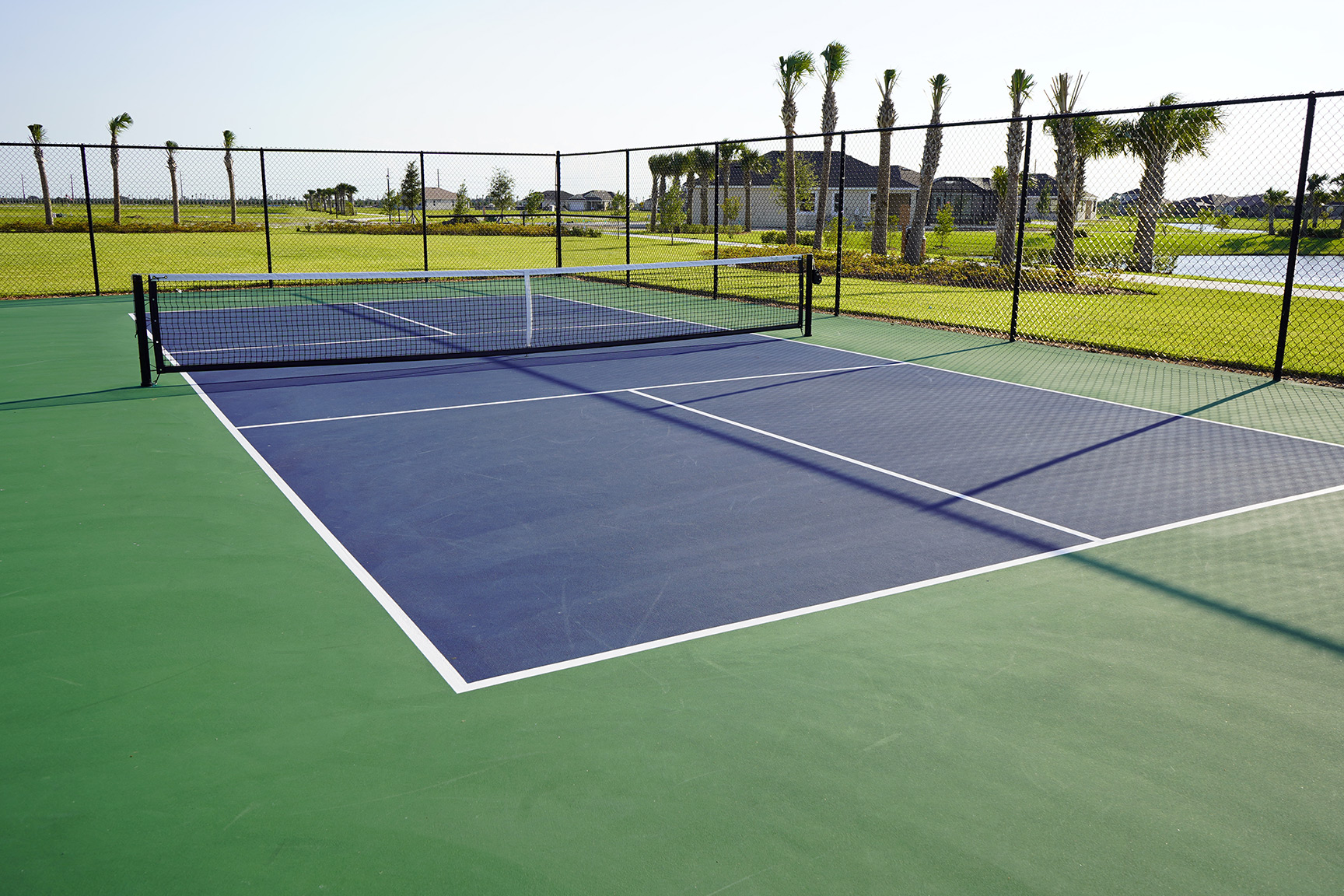Developments in Pickleball Court Construction: Trends You Must Know
Developments in Pickleball Court Construction: Trends You Must Know
Blog Article
Boost Local Involvement With Community-Driven Pickleball Court Projects
The emergence of community-driven pickleball court projects provides an unique chance to cultivate neighborhood involvement and enhance area connections. The real question remains: just how can these grassroots efforts be tactically applied to make certain sustainability and inclusivity in diverse communities?
Significance of Area Interaction
Area involvement is an essential element in the effective advancement of pickleball court jobs, as it fosters a sense of ownership and cumulative obligation among homeowners. When neighborhood participants are proactively included in the planning and application stages, they are a lot more likely to promote for the project's long-term success. Involving stakeholders such as neighborhood players, family members, and entertainment teams ensures that the facilities meet the varied demands and choices of the area.
In addition, neighborhood involvement cultivates a supportive environment where homeowners really feel equipped to contribute their concepts and sources. Pickleball court construction. This joint technique can cause innovative solutions that improve the style and performance of the courts, making them more enticing to a broader audience. Additionally, entailing citizens in decision-making processes can reinforce social ties, promoting inclusivity and unity within the community
The presence of community assistance for a pickleball job can also play a critical role in safeguarding funding and approval from regional authorities. By demonstrating a common commitment to recreational growth, communities can properly promote for resources and policy changes that prefer the facility of pickleball courts, eventually improving the local society and leisure landscape.
Actions to Initiate a Project
Launching a pickleball court job calls for a methodical approach that improves the structure of community interaction developed in previous discussions. The initial step is to put together a task committee making up neighborhood stakeholders, enthusiasts, and agents from pertinent organizations. This varied group makes sure that multiple perspectives are taken into consideration.
Next, carry out a demands assessment within the community. Surveys, focus groups, and public conferences can be efficient in assessing interest and event input on prospective court places, desired services, and scheduling preferences. Following this, develop a project strategy laying out timelines, objectives, and responsibilities.
Once the strategy is in place, involve with neighborhood authorities to comprehend zoning policies and any type of needed licenses. Connecting transparently with the neighborhood throughout this process is crucial, as it fosters trust fund and encourages further engagement.
Furthermore, arranging community occasions can help maintain energy and interest. These events can act as platforms for more conversation and assistance to enhance community ties. Lastly, file every step taken and maintain in-depth documents, as this will be beneficial for future phases of the task, including funding and resource procurement.
Financing and Resources Available
Securing financing and sources for a pickleball court job is usually a critical step that can establish the job's feasibility and success. Different opportunities exist for acquiring financial backing, ranging from public funding to personal sponsorships. City government grants, typically focused on advertising community health and recreation, can give significant sponsorship for such initiatives.
Along with government sources, not-for-profit organizations and structures often provide grants specifically for sporting activities and community development tasks. Involving neighborhood services as sponsors can likewise be a worthwhile technique; many business aspire to buy community campaigns that enhance their business social duty account.
Crowdfunding systems have actually become a feasible option for grassroots fundraising, making it possible for area members to add directly to the project. This method check over here not just increases funds yet likewise promotes a feeling of ownership among individuals.
Layout and Planning Factors To Consider
Effective design and preparation are basic elements of any type of successful pickleball court project adhering to the acquisition of funding and sources. A comprehensive assessment of the suggested place is essential; this includes assessing ease of access, closeness to existing area amenities, and the capacity for visibility and engagement.
The design of the court must stick to official size requirements while considering the surrounding atmosphere. Including attributes such as seats, shade frameworks, and proper lights can significantly enhance gamer experience and spectator satisfaction. Products picked for the court surface area need to focus on resilience and safety and security, with choices like acrylic or asphalt offering optimum efficiency.
Entailing community members in the layout process fosters a sense of possession and makes sure that the facility fulfills regional needs - Pickleball court construction. This can be attained with public consultations and surveys, permitting stakeholders to express their choices and issues
Sustainability needs to likewise be a top priority; incorporating green products and practices can add to long-term stability. Lastly, creating an upkeep strategy to make certain the court continues to be in excellent problem will certainly sustain ongoing community involvement and engagement in pickleball tasks.

Success Stories and Instance Researches
Highlighting the transformative influence of community-driven efforts, several success stories show just how collective initiatives have resulted in the growth of vibrant pickleball courts across different regions. One noteworthy example is the initiative in a town in Florida, where citizens grouped to convert an underutilized tennis court right into a specialized pickleball center. With fundraising occasions and collaborations with local companies, the area elevated adequate funds to set up brand-new nets, resurfacing, and lines, ultimately fostering a lively hub for regional gamers.
Similarly, in a rural area of California, a grassroots motion emerged to develop pickleball courts in a neighborhood park. The job not just engaged volunteers for building and construction however likewise included workshops to engage neighborhood participants in the sport. Because of this, the courts came to have a peek at these guys be a centerpiece for social interaction and physical fitness, bring in gamers of every ages.
These instance researches exhibit how community-driven jobs can improve local involvement, advertise exercise, and reinforce social bonds. By leveraging collective resources and interest, communities can successfully sustain and develop pickleball facilities that offer diverse populations and foster a feeling of belonging.

Final Thought
To conclude, community-driven pickleball court jobs serve as important tools for boosting neighborhood interaction and promoting a sense of belonging amongst homeowners. By prioritizing stakeholder participation throughout the preparation and execution stages, these efforts can properly resolve varied area needs. Furthermore, leveraging available sources and analyzing effective study can supply important understandings for future jobs. Ultimately, such efforts add to the improvement of public rooms view website right into dynamic centers of fitness and social communication, strengthening area connections.
The development of community-driven pickleball court tasks offers a distinct chance to cultivate local involvement and reinforce area connections.Area interaction is an essential component in the successful advancement of pickleball court tasks, as it cultivates a sense of possession and collective obligation among citizens. When neighborhood participants are actively included in the planning and application phases, they are more likely to support for the project's long-term success.Initiating a pickleball court project needs an organized strategy that develops on the foundation of neighborhood involvement established in previous discussions. The job not just involved volunteers for building but additionally consisted of workshops to engage community participants in the sporting activity.
Report this page